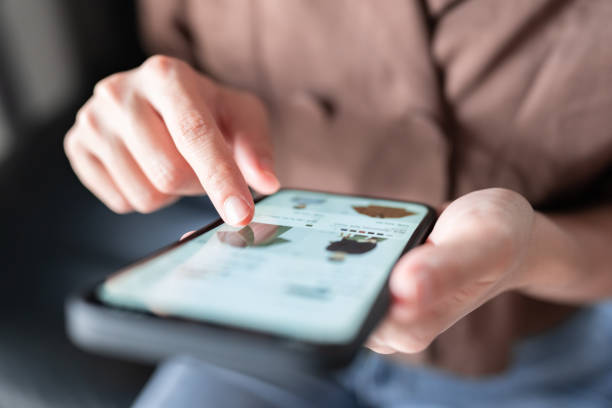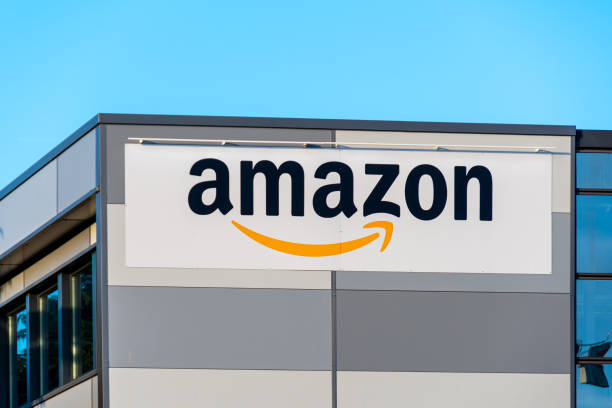Are you ready to embark on an entrepreneurial journey, unleash your creativity, and carve your path to success? If so, welcome to the world of e-commerce! With the rise of digital entrepreneurship, platforms like Shopify have emerged as a beacon of hope for aspiring business owners worldwide. But before you dive headfirst into the realm of online retail, it’s essential to understand the intricacies of the cost of selling on Shopify.
Shopify often hailed as a game-changer in the e-commerce landscape, provides entrepreneurs with a robust platform to build, manage, and scale their online stores with ease. From customizable storefronts to seamless payment processing, Shopify offers a plethora of features designed to streamline the selling process. However, like any business venture, success on Shopify comes with its fair share of costs.
So, let’s break down the expenses associated with selling on Shopify and uncover the investment required to turn your entrepreneurial dreams into reality.
1. Monthly Subscription Plans: Your Gateway to E-commerce Excellence
At the heart of Shopify’s pricing structure lies its monthly subscription plans, catering to businesses of all sizes and aspirations. Whether you’re a budding entrepreneur testing the waters or an established brand seeking to expand its online presence, Shopify offers a range of plans to suit your needs:
- Basic Shopify: Priced at $29 per month, this entry-level plan is ideal for beginners looking to establish their online presence. It provides essential features to set up a store and start selling.
- Shopify: For $79 per month, the Shopify plan offers additional functionalities such as gift cards, professional reports, and lower transaction fees, making it a preferred choice for growing businesses.
- Advanced Shopify: Priced at $299 per month, the Advanced Shopify plan caters to businesses with high-volume sales and advanced reporting needs. It includes all features from the previous plans, along with advanced report builder and third-party calculated shipping rates.
2. Transaction Fees: Navigating the Path to Profitability
In addition to the monthly subscription fees, Shopify charges transaction fees on each sale processed through its platform. While the transaction fees vary depending on the chosen plan, they typically range from 2.9% + 30¢ for online credit card rates to 2.7% for in-person credit card rates. However, opting for Shopify Payments can help you save on transaction fees, as it eliminates the additional charges imposed by third-party payment gateways.
3. Add-Ons and Extensions: Elevate Your Store’s Performance
One of the defining features of Shopify is its extensive ecosystem of add-ons and extensions, offering a myriad of tools to enhance your store’s functionality and performance. From marketing apps to inventory management solutions, the Shopify App Store is a treasure trove of resources to help you scale your business. While many apps offer free plans or trials, some may require a monthly subscription or one-time fee for full access to their features.

4. Customization and Design: Tailoring Your Store to Perfection
While Shopify provides a range of customizable themes to help you create a visually stunning storefront, you may choose to invest in premium themes or hire a developer to achieve a more tailored look for your brand. Additionally, customizations such as logo design, branding elements, and content creation may incur additional costs depending on your preferences and requirements.
5. Marketing and Advertising: Driving Traffic and Conversions
Building a successful online store is not just about setting up a shop; it’s also about driving traffic and converting visitors into customers. Whether through social media marketing, search engine optimization (SEO), or paid advertising, investing in marketing and advertising efforts is crucial to attracting and retaining customers. While Shopify provides built-in tools for SEO optimization and social media integration, allocating a budget for marketing campaigns is essential to fuel your store’s growth.
6. Shipping and Fulfillment: Delivering Delight to Your Customers
Efficient shipping and fulfillment processes are the backbone of any e-commerce operation. From packaging materials to shipping carriers, the costs associated with fulfilling orders can quickly add up. While Shopify offers built-in shipping solutions and discounted rates through partnerships with carriers like UPS and DHL, it’s essential to factor in shipping costs when pricing your products and setting up your store policies.

7. Customer Support and Maintenance: Ensuring Seamless Operations
Last but not least, investing in customer support and store maintenance is crucial to ensuring a seamless shopping experience for your customers. Whether it’s providing timely assistance via live chat, updating product listings, or troubleshooting technical issues, allocating resources to customer support and maintenance can help foster customer loyalty and drive repeat business.
Conclusion
While the cost of selling on Shopify encompasses various expenses, from subscription fees to marketing campaigns, the potential for success far outweighs the investment. With its user-friendly interface, robust features, and unparalleled support, Shopify empowers entrepreneurs to turn their passion into profit and redefine the future of retail. So, if you’re ready to take the plunge into the world of e-commerce, let Shopify be your partner in prosperity and unlock endless opportunities for growth and innovation.
Are you ready to transform your entrepreneurial dreams into reality? The journey begins here, on Shopify – where commerce meets creativity, and success knows no bounds.












